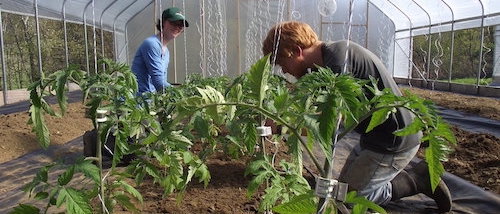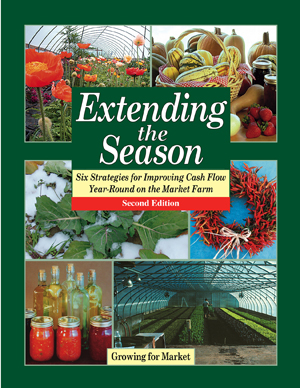 Extending the Season (Second Edition) is a 52-page E-book packed with farmer-tested strategies for season extension on a market farm. Click here to go to the Download Center to get your copy.
Extending the Season (Second Edition) is a 52-page E-book packed with farmer-tested strategies for season extension on a market farm. Click here to go to the Download Center to get your copy.
To become a Growing for Market subscriber, view your options here.
Resources for Growers
Extending the Season 2
By Lynn Byczynski
October 29, 2014
Related Articles
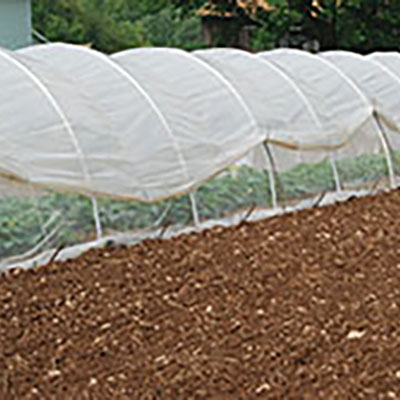
Caterpillar tunnel: An inexpensive variation on the hoophouse theme
Read More
Among the many season extension structures in use on vegetable farms today, one of the least expensive is the caterpillar tunnel. Caterpillars — so named because of their segmented appearance. Caterpillars are easy to build and move. They are inexpensive compared to permanent hoophouses and most of the materials can be found locally.
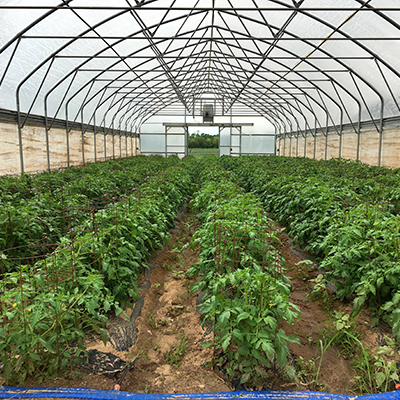
Advice from growers on what kind of hoophouse to buy
Read More
Growing for Market readers weigh in on their experiences with hoophouse structures — what kind they bought, whether they like it, and what they wish they had done differently.
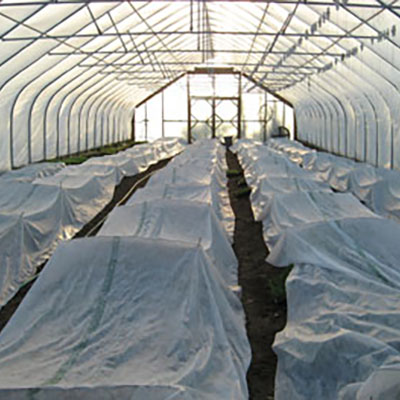
Eight tips for winter success
Read More
At the cutting edge of the local food movement is the challenge of providing fresh, local food even in the middle ofwinter. Growing in the winter costs more (greenhouses/high tunnels and row covers aren’t cheap), but when best practices are employed, might it still be possible for local growers to compete with out-of-region food producers?
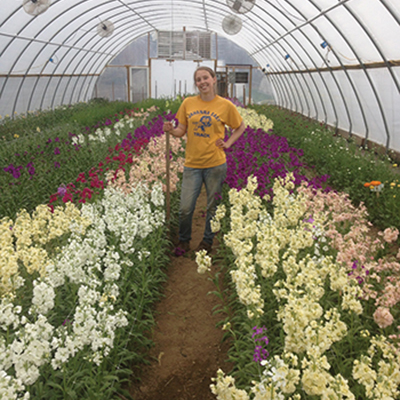
Disease in the winter greenhouse
Read More
Last winter, we had an outbreak of downy mildew on stock (Matthiola incana) in our greenhouses. We had a loss of 52 flats, 128-cells double seeded, which was about 13,000 plants. At around $1/stem, that’s a lot of plants and potential money in the trash, and according to our accountant, not something we could write off as a loss. It was heartbreaking, and annoying because it caused a gap in our availability right around Mother’s Day. Even with the loss of 52 flats, stock was still our number 3 crop to florists for 2015. We were projecting it to be number 1, so we knew we had to do something to prevent future loss.
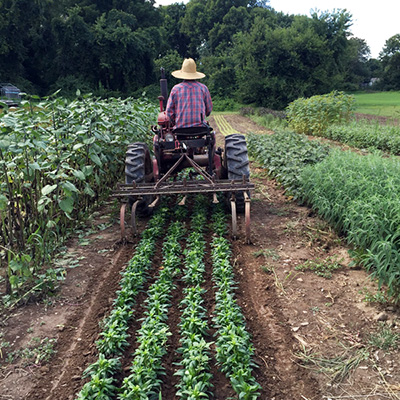
Flower farming without plastic
Read More
Part of our scaling up process was figuring out how to deal with weed control. We knew wheel hoeing the whole farm was not sustainable unless we hired a horde of college kids. We first tried laying black plastic (with and without a plastic layer), but ended up with too many weeds on the edges. Then we tried burning holes in black woven landscape fabric and planting into the holes. But it was challenging getting those little statice plants to grow up through the holes and keeping the holes weeded. So we looked to the cultivation practices of larger growers for inspiration to see what we could bring back to our farm. We were only planting 2-3 acres when we chose to go with mechanical cultivation.
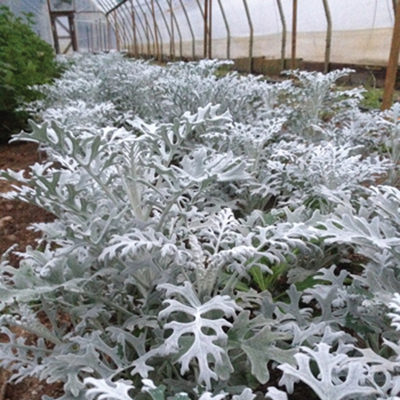
Foliage makes flowers special
Read More
Textural arrangements are popular, especially for wedding and other events, so foliage is definitely an important part of a bouquet. Having creative foliage is something that sets apart a locally grown bouquet from the typical florist bouquet. It gives the customer something unique and gives it a more natural, ethereal look. The attention to detail makes people fall in love with flowers even more.

Flowers, farm-dyed ribbons and a COVID-era co-op launch
Read More
 Lorna Jackson started flower farming intensely relatively later in life at Ninebark Farm on a century-old hayfield in Metchosin at the southern tip of Vancouver Island in British Columbia, Canada. Now 64, she plans to continue into her 70s. To keep going, she makes adaptations to ease the toll on her body.
Lorna Jackson started flower farming intensely relatively later in life at Ninebark Farm on a century-old hayfield in Metchosin at the southern tip of Vancouver Island in British Columbia, Canada. Now 64, she plans to continue into her 70s. To keep going, she makes adaptations to ease the toll on her body.
Another part of the farm’s longevity plan is profitability. Value-added, naturally-dyed silks are contributing to the bottom line along with the Island Flower Growers, a co-operative on Vancouver Island and the Gulf Islands of British Columbia, which Jackson helped launch last year. All these experiences — including recent adaptions for retail and wholesale sales in the time of COVID — offer lessons and inspiration to other farmers.

Getting started with cut flowers part 1: the why and how of it
Read More
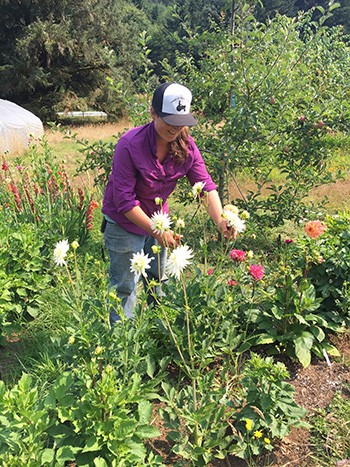
Until recently, I was a food farmer, plain and simple: if I couldn’t eat it, I didn’t care about it. But last spring I was looking for ways to increase sales to my existing customers. I figured that someone who already gets their week’s vegetables from me might spend extra to get a bouquet of flowers as well, so I could sell more with the same marketing energy.
With that admittedly materialistic motivation I planted a couple of short beds of flowers. And from my first bouquet, I was hooked.
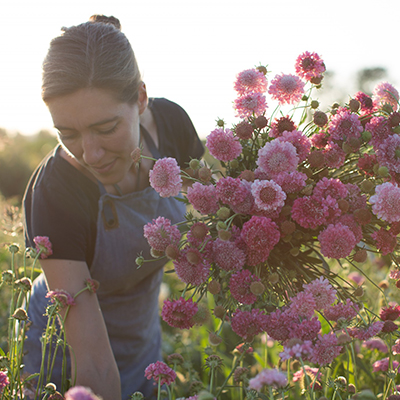
Become the face of your farm
Read More
 Marketing is the other half of the battle
Marketing is the other half of the battle
My first few years as a flower farmer were a thrilling mix of hard work and overwhelming beauty. Through trial and error, and a staggering amount of work, I slowly learned how to grow top quality flowers. But once I figured out what my key crops were and how to grow them in my climate, the real work began. I had finally cracked the code on how to grow an unbelievable amount of flowers in a really small space, but what I didn’t realize is that growing is only half of the battle.
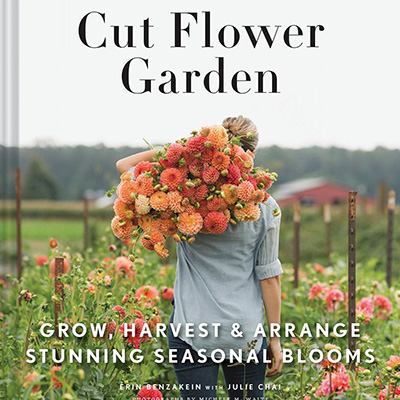
New books for cut flower growers
Read More
There are many new books available for cut flower growers and arrangers, including this one by GFM writer Erin Benzakein, which will ship in February 2017.

Top flowers for supermarkets & florists
Read More
2014 was a great year for us—productive and profitable! After analyzing our sales, we have come up with a list of our top-selling crops for grocery stores and for florists.
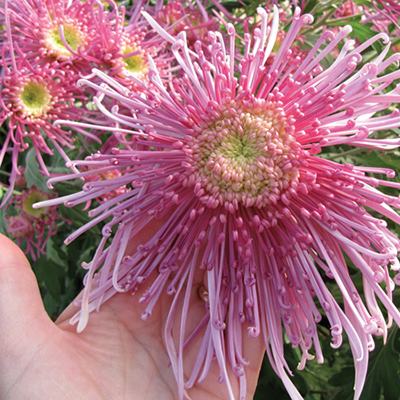
Heirloom mums are back on track
Read More
Brian and Sheila Kanotz realize they probably will be swamped with orders this spring in the plant business they recently purchased. That’s because there’s pent-up demand — a crop failure last year that coincided with a groundswell of interest in their product.
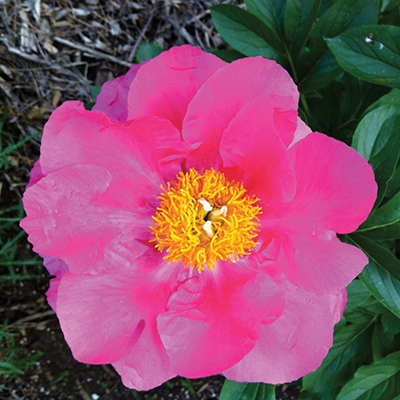
Peony care in fall pays off in spring
Read More
As the leaves change colors, and the nighttime temperatures start to dip down, the signal has arrived for peony growers to spring into action. There are many tasks that need attention around a farm in the fall, and to assure the best yields for future peony crops it is important to allocate time to properly manage peony plantings.
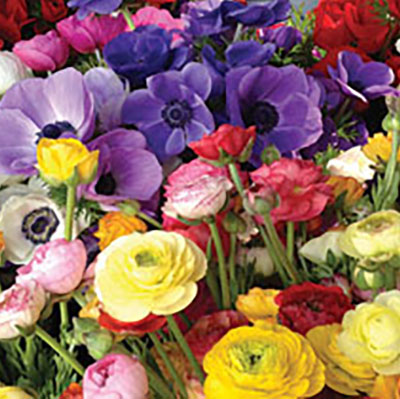
Bulbs, corms, and roots for spring blooms
Read More
The longer we have been farming, the more I have learned about specific varieties of flowers that I want, as well as which colors and varieties sell best in our market. In order to reserve those varieties, it is important to get the orders in on time. But what exactly does that mean? Basically, you need to order for the following year as soon as this year’s crop is done blooming. Sounds crazy to plan that far ahead, especially if you do your crop planning in the winter as we used to. But not only is it best to get your order in as soon as you can, it’s also best to order when the crop is fresh in your mind. The most important crops to order on time in our production are tulips, ranunculus, anemones, peony roots, and lilies.
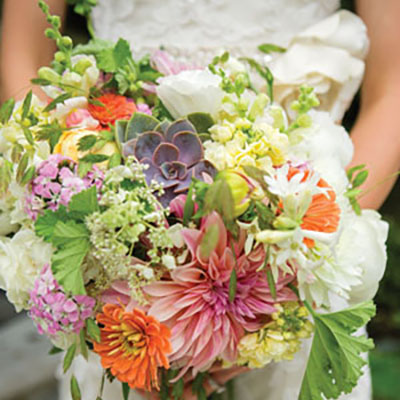
Organization and planning for weddings
Read More
Last year our farm provided flowers for 49 weddings. Each year I learn new lessons about doing weddings, and establish more rules based on what I’ve learned. I am always open to change if it makes the process more efficient.
Copyright Growing For Market Magazine. All rights reserved. No portion of this article may be copied in any manner for use other than by the subscriber without permission from the publisher.
